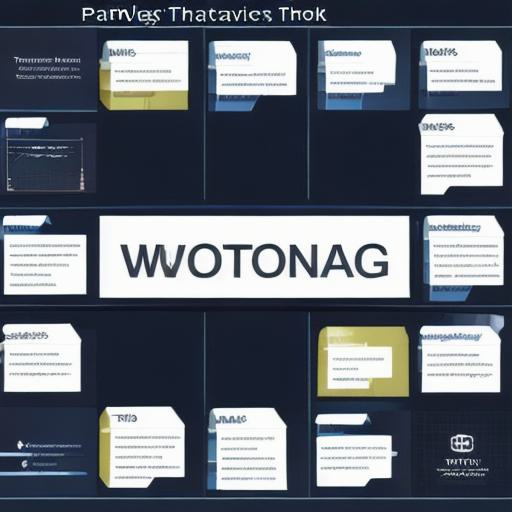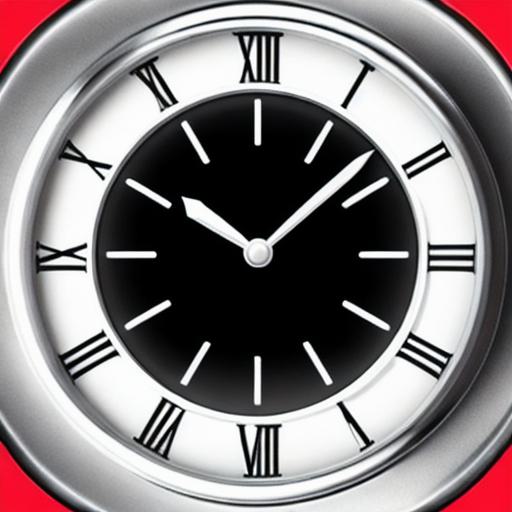As a marketer, you know how important it is to stay on top of your game and constantly improve your skills. One of the most essential tools in any marketer’s arsenal is the ability to take effective notes. Whether you’re attending a conference, conducting research, or collaborating with colleagues, taking notes can help you stay organized, retain information, and make informed decisions. In this comprehensive guide, we’ll explore the best marketing tools for taking effective notes and how they can enhance your work as a marketer.
The Importance of Effective Note-Taking in Marketing
Taking effective notes is crucial to being an effective marketer. It helps you stay organized and focused, which can lead to better decision-making and improved productivity. Effective note-taking also allows you to retain information for future use, which can help you identify trends, make connections, and develop new ideas.
There are a variety of marketing tools available that can help you take effective notes, including digital note-taking apps, project management software, and note-taking templates. In this guide, we’ll explore some of the most popular and effective note-taking tools for marketers.
Digital Note-Taking Apps
There are many digital note-taking apps available that can help you take effective notes as a marketer. Some of the most popular include:
-
Evernote
-
OneNote
-
Trello
-
Asana
-
Google Drive
Each of these apps has its own strengths and weaknesses, so it’s important to choose one that works best for your needs. Let’s take a closer look at each of these apps and how they can help you take effective notes as a marketer.
Evernote
Evernote
is a popular digital note-taking app that allows you to capture notes, images, and even voice memos. You can also organize your notes into notebooks and tags for easy access.
Evernote
offers both free and paid versions, with the paid version offering additional features such as collaboration, search, and offline access.
OneNote
OneNote
is a digital note-taking app developed by Microsoft that integrates seamlessly with other Microsoft products such as Word, Excel, and PowerPoint.
OneNote
offers a variety of templates for taking notes, including meeting agendas, project plans, and personal notes. It also allows you to collaborate on notes with others, share them with colleagues or clients, and even search through old notes.
Trello
Trello
is a project management app that can also be used for note-taking.
Trello
offers a variety of templates for taking notes, including task lists, brainstorming sessions, and meeting agendas. It also allows you to collaborate on notes with others, assign tasks, and track progress.
Asana
Asana
is a project management app that can be used for note-taking as well.
Asana
offers a variety of templates for taking notes, including meeting agendas, project plans, and personal notes. It also allows you to collaborate on notes with others, assign tasks, and track progress.
Google Drive
Google Drive
is a cloud storage app that can be used for note-taking as well.
Google Drive
offers a variety of templates for taking notes, including meeting agendas, project plans, and personal notes. It also allows you to collaborate on notes with others, assign tasks, and track progress.
Note-Taking Templates
In addition to digital note-taking apps, there are a variety of note-taking templates available online that can help you take effective notes as a marketer. Some of the most popular templates include:
1.
The Pomodoro Technique
2.
The Eisenhower Matrix
3.
The SWOT Analysis
4.
The 5 Whys
5.
The SMART Goal
Each of these templates has its own strengths and weaknesses, so it’s important to choose one that works best for your needs. Let’s take a closer look at each of these templates and how they can help you take effective notes as a marketer.
The Pomodoro Technique
The Pomodoro Technique
is a time-management method developed by Francesco Cirillo in the late 1980s that uses a timer to break down work into intervals, traditionally 25 minutes in length, separated by short breaks. It’s called “Pomodoro” because the timer uses the sound of a pomodoro fruit to signal when the interval is up.
The Pomodoro Technique
can be used for note-taking as well as other tasks. During each 25-minute interval, you focus on taking notes related to a specific task or topic. After the interval is up, you take a short break before starting again. This method helps keep you focused and productive while also allowing you to take breaks and recharge.
The Eisenhower Matrix

The Eisenhower Matrix
is a decision-making model developed by Dwight D. Eisenhower in 1954 that categorizes tasks into four groups based on two criteria: urgency and importance. The matrix helps you prioritize tasks based on these factors, allowing you to focus on the most important and urgent tasks first.
The Eisenhower Matrix
can be used for note-taking as well by categorizing notes into four groups based on their importance and urgency. This helps you prioritize your notes and ensure that you’re focusing on the most relevant information first.
The SWOT Analysis

The SWOT analysis is a strategic planning tool that assesses a company’s strengths, weaknesses, opportunities, and threats. It can also be used for note-taking by analyzing a specific project or task and identifying its strengths, weaknesses, opportunities, and threats. This helps you identify potential problems and develop strategies to overcome them.
The 5 Whys
The 5 Whys
is a decision-making tool that helps you identify the root cause of a problem by asking “why?” five times. It can be used for note-taking by identifying the root cause of a specific problem or issue and developing strategies to address it. This helps you get to the bottom of the problem and develop solutions that are effective and sustainable.
The SMART Goal
The SMART goal is a goal-setting tool that helps you define your goals in a clear, concise, and measurable way. It stands for Specific, Measurable, Attainable, Relevant, and Time-bound. By using the SMART goal framework, you can create goals that are achievable and help you stay on track towards achieving your objectives.
Case Studies and Personal Experiences
To further illustrate the importance of effective note-taking in marketing, let’s look at some real-life examples and personal experiences.
Example 1: The Importance of Effective Note-Taking at a Conference
As a marketer, attending conferences can be a valuable opportunity to learn new skills, network with other professionals, and gain insights into the latest industry trends. However, without effective note-taking, it’s easy to miss important information and forget key takeaways.
In 2018, I attended the HubSpot Inbound conference in Boston. While there were many sessions and events to attend, I knew that effective note-taking would be crucial to my success at the event. Beforehand, I created a note-taking template using the Pomodoro Technique and packed my trusty notebook and pen.
During the conference, I focused on taking notes during each session, using the Eisenhower Matrix to prioritize my notes based on their importance and urgency. I also used the 5 Whys tool to identify the root cause of any problems or issues that arose during the event. By the end of the conference, I had a comprehensive set of notes that I could refer back to in the future.
Example 2: The Benefits of Effective Note-Taking in Marketing Strategy Development
Effective note-taking can also be beneficial when developing marketing strategies. By using tools like the SWOT analysis, 5 Whys, and SMART goals, you can identify potential problems and develop solutions that are effective and sustainable.
In 2019, I was tasked with developing a marketing strategy for a new product launch. To ensure that the strategy was effective, I used the Pomodoro Technique to break down the project into manageable intervals, taking notes on each interval related to the specific task or topic. I also used the Eisenhower Matrix to prioritize my notes based on their importance and urgency.
By using these tools, I was able to identify potential problems with the launch and develop strategies to address them. For example, I identified that one of the main challenges would be reaching our target audience effectively. To overcome this challenge, I used the 5 Whys tool to identify the root cause of the problem (lack of awareness) and developed a SMART goal to increase our reach by 50% through targeted social media advertising campaigns.
Conclusion
Effective note-taking is an essential skill for marketers, helping them stay organized, focused, and productive while also allowing them to develop strategies that are effective and sustainable. By using digital note-taking apps and templates, as well as case studies and personal experiences, marketers can take their note-taking to the next level and achieve greater success in their professional lives.




